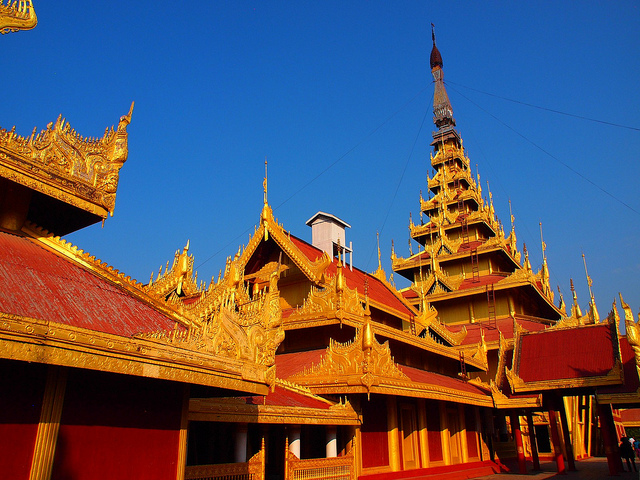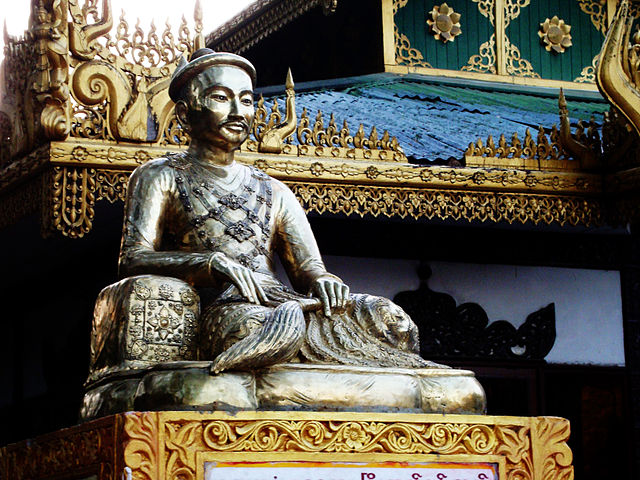Myanmar’s second largest city Mandalay is a place to watch. Like the country as a whole, “potential” is the operative word. Emerging from years of self-imposed isolation, the country is poised for a modest 7% growth according to the World Bank. The country has potential, as does the city of Mandalay. Things are moving for this tourist destination, and Mandalay has experienced a 26% increase in tourists since 2014. A lack of transportation, particularly by air is holding back development of the tourist sector; there are only eight domestic and five international airlines serving Mandalay.
Mandalay has a relatively short history; it was founded in 1857 as a capital for King Mindon, and is the last royal capital. Lack of infrastructure continues to be a problem. According to the Asian Development Bank (ADB) just 55% of the population has piped water, and that is for only part of the day. In September 2016, the Government of Myanmar and the ADB signed an agreement for a $60 million loan and a $4 million grant for a sustainable wastewater and drainage management system.
In Mandalay things are moving, and at their own pace. Perhaps “pace”shoud be considered as a key factor in moving both Myanmar and Mandalay forward in a sustainable manner.
Temple Photo: Paul Arps via flickr
Photo: King Mindon
ADB Loan announcement
 日本語
日本語 English
English 中国語
中国語
